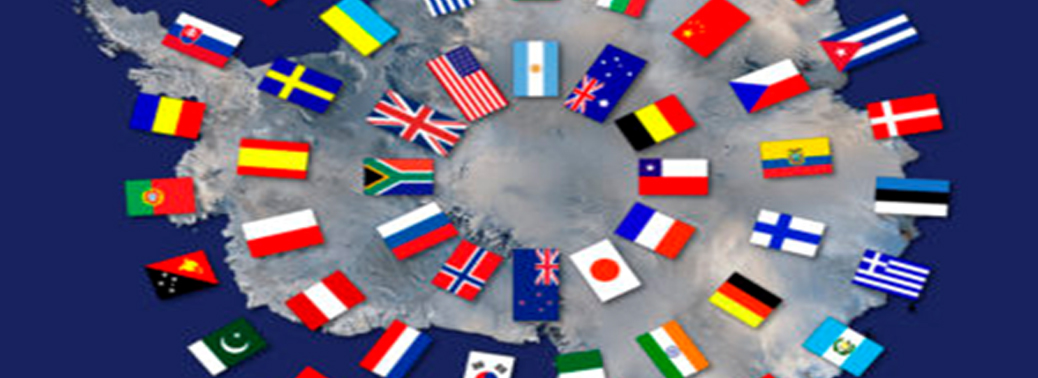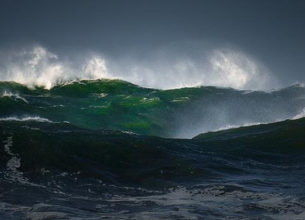ANTARCTIC TREATY SYSTEM (ATS)
03, Dec 2019

Prelims level : International Policies & Schemes
Mains level : GS-III Conservation, Environmental Pollution and Degradation, Environmental Impact Assessment.
Why in News?
- Reports have claimed that compared to last year, 40 per cent more tourists, numbering about 80,000, are expected to visit Antarctica, the least visited continent in the world.
Highlights:
- All human activities on the continent are regulated by the Antarctic Treaty, which was signed in 1960.
- The treaty entered into force in 1961 and currently has 54 titicaca parties. India became a member of this treaty in 1983. For the purposes of the treaty system, Antarctica is defined as all of the land and ice shelves south of 60°S latitude.
- The treaty sets aside Antarctica as a scientific preserve, establishes freedom of scientific investigation, and bans military activity on the continent.
- The treaty was the first arms control agreement established during the Cold War. Since September 2004, the Antarctic Treaty Secretariat headquarters has been located in Buenos Aires, Argentina.
Regulating Tourism:
- Tourism in Antarctica started around the 1950s, starting out with a few hundred visitors annually to over 38,000 per year in 2015-2016.
- Working within the mechanism of this treaty is the International Association of Antarctica Tour Operators (IAATO), a body which was founded in 1991 by seven tour operators to promote safe and environmentally responsible travel in Antarctica.
- While IAATO maintains that the tourism conducted under its banner has virtually no environmental impact on the region, the IAATO rules and guidelines are not mandatory or binding.
Melting Antarctica:
- In September, a report on oceans released by the IPCC said that between 2006 and 2015, the Antarctic ice sheet lost about 155 billion tonnes of mass on average every year.
- This ice melt from Antarctica likely contributed to sea-level rises.
- The main sources of environmental damage to the continent include planet-wide impacts such as global warming, ozone layer depletion, impacts of fishing and hunting (of whales and seals) and lastly, the impact of visitors which includes Scientists and Tourists.










